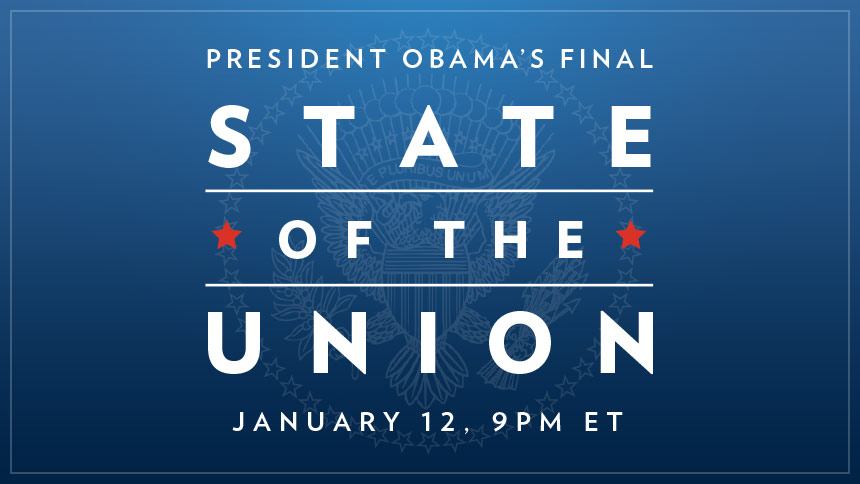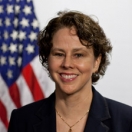
Today at the White House, I was delighted to host a roundtable discussion with leaders from across the aging community who came together to discuss the White House Conference on Aging, which will take place in 2015 – the 50th anniversary of Medicare, Medicaid, and the Older Americans Act, as well as the 80th anniversary of Social Security.
Just yesterday, the Medicare Trustees released their annual report finding that, since their report last year, the life of the Medicare Trust Fund has been extended by four additional years to 2030. When this Administration first took office, the Trust Fund was projected to go bankrupt more than a dozen years sooner, in 2017. The Trustees also project that – for the second year in a row – Part B premiums will not increase, allowing seniors to keep more of their Social Security cost-of-living increase.
Thanks in part to the Affordable Care Act, we have improved the affordability of the program, while at the same time helping Medicare work better for seniors. For example, we are closing the prescription drug coverage gap or “donut hole” to make medications more affordable for Medicare beneficiaries. Just today, we learned that 8.2 million seniors and people with disabilities saved $11.5 billion since 2010 – over $1,000 on average for people hitting the donut hole. Additionally, Medicare now provides coverage without cost-sharing for many preventive benefits to help keep older Americans healthy. The Affordable Care Act also responds to older Americans’ desire to remain independent in their communities by creating incentives for states to provide the services and supports that help people remain at home as they age.
The President has consistently focused on the importance of both health and financial security in retirement. He continues to work to protect and strengthen Social Security to help ensure that all older Americans can retire with dignity. And he is focused on expanding the retirement savings tools available to working Americans to ensure that they can prepare for the years ahead, including the new “starter” retirement savings account called myRA to help millions of Americans save for retirement in a simpler way.
The 2015 White House Conference on Aging is an opportunity to look ahead to the issues that will help shape the landscape for older Americans for the next decade. As we listen to aging leaders and older Americans, some of the common themes we hear include the following:
- Retirement security is a vitally important issue. Financial security in retirement provides essential peace of mind for older Americans, but requires attention during our working lives to ensure that we are well prepared for retirement.
- Long-term services and supports remain a priority. Older Americans overwhelmingly prefer to remain independent in the community as they age. They need supports to do so, including a caregiving network and well-supported workforce.
- Healthy aging will be all the more important as baby boomers age. As medical advances progress, the opportunities for older Americans to maintain their health and vitality should progress as well.
- Seniors, particularly the oldest older Americans, can be vulnerable to financial exploitation, abuse, and neglect. The Elder Justice Act was enacted as part of the Affordable Care Act, and we need to realize its vision of protecting seniors from scam artists and others seeking to take advantage of them.
We are delighted to announce that Nora Super will be leading this effort as the newly named Executive Director of the 2015 White House Conference on Aging. She brings both substantive expertise on the issues and the experience to help maximize our outreach and engagement with older Americans across the country. We also will launch WhiteHouseConferenceOnAging.gov as the official site for the conference this summer.
We intend to use the year ahead to be as creative as possible about using new technology, agencies’ regional offices, partners, and other strategies to engage directly with older Americans and stakeholders on these issues. We are looking forward not only to the Conference, but to a year of engagement and dialogue about older Americans’ issues and the opportunity to celebrate all that older Americans continue to contribute to our country.


